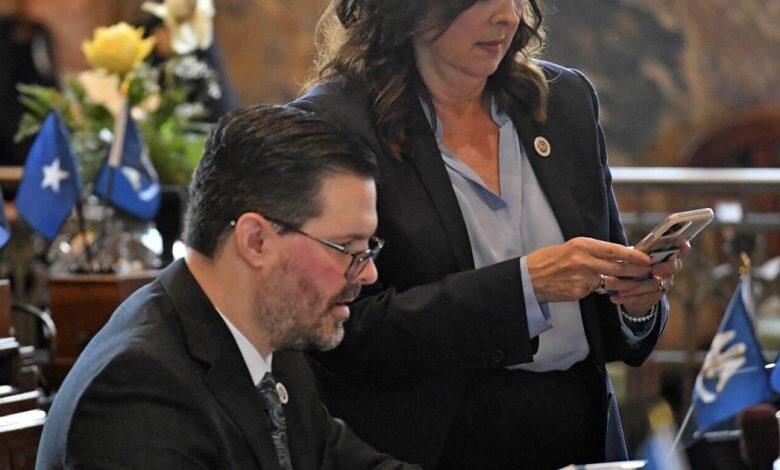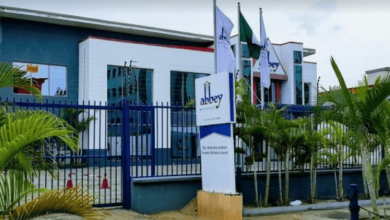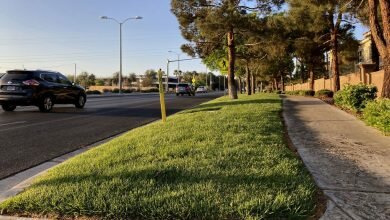John Bel Edwards previously challenged the laws releasing criminals

Describing the bill as a rollback of the 2017 Justice Reinvestment Act, Governor John Bel Edwards issued his veto of the law on Tuesday, which would have increased prison sentences for offenders convicted of four or more nonviolent crimes.
“House Bill 544 will lead us in the wrong direction,” Edwards wrote.
The legislation, sponsored by State Representative Debbie Willio, R-Kenner, was one of several to reduce the bipartisan act responsible for early release of prisoners convicted of lengthy sentences for nonviolent and non-sexual crimes. had tried to do. Most of the measures to deal with the rollback of the Reinvestment Act during the 2022 legislative session, which ended on Monday, were changes in procedures deep in the weeds that would lead to more criminals behind bars.
The current law provides that a person shall be eligible for parole after serving 25 per cent of the sentence. HB544 would have increased parole eligibility to 65% of the sentence for offenders convicted of a fourth and subsequent nonviolent felony. In addition, the bill would change that “good time” rate, which could lead to earlier releases in exchange for good behavior. Current law counts 13 days of “good time” for every seven days granted in actual custody. Willio’s bill would change that to one day off for every two for the fourth and subsequent nonviolent offenders.
“This will result in a more than 100% increase in the time required to be put into law after 2017,” Edwards wrote in his veto message. How long will a convicted criminal actually be behind bars?
Get Louisiana politics insider details from us once a week. Sign up today.
The reduction in the number of inmates saved taxpayers $114.8 million. That money is being spent on victims’ services and initiatives designed to reduce recidivism.
Louisiana adopted the reform after years of having the world’s highest incarceration rate per 100,000 residents – higher than Cuba, more than Rwanda. Louisiana still leads the nation by imprisoning about 31,500 people of the state’s population, or 684 per 100,000 residents.
Willio argued as the bill progressed through the legislative process that nearly a third of the prison population was made up of more than four nonviolent felony offenders. And those criminals are proceeding on the same calculations that were first used for nonviolent criminals.
It would cost prisons about $25 million more annually to keep those nonviolent offenders in prison longer.
Edwards recognized that the way to prevent criminals from returning to prison was to provide on-the-job training and life skills. “These efforts are working and we should not change course,” Edwards wrote.




